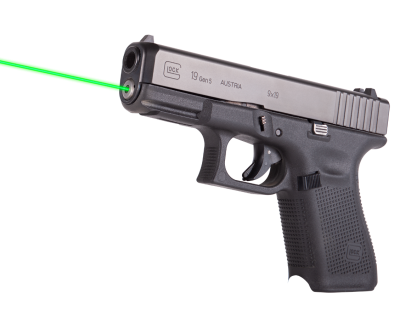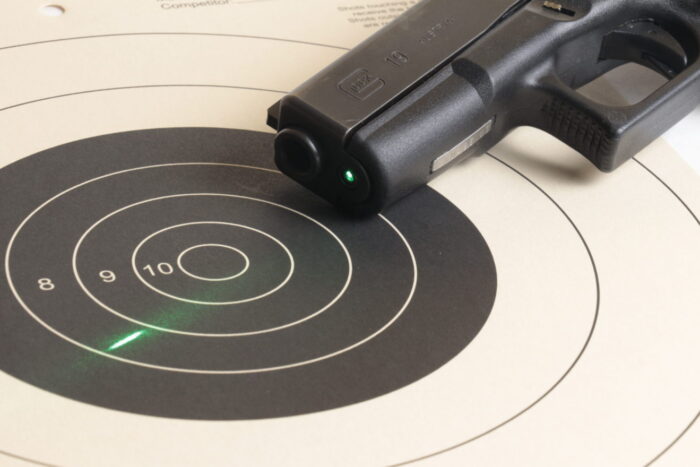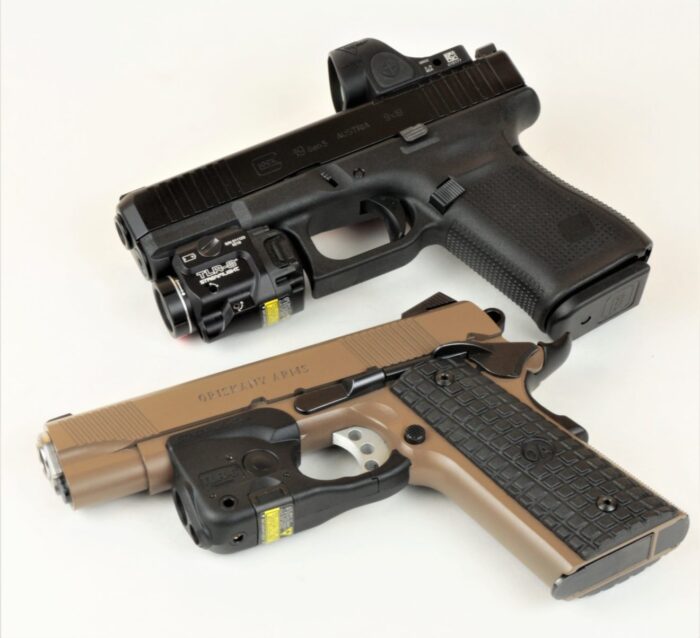Laser Sights: Top Reasons To Consider Them For Your Defensive Firearms
Steven Paul Barlow is a retired sergeant/station commander and former firearms instructor with the New York State Police. He is an avid hunter, fisherman, and enthusiast with all things related to firearms, knives, and survival. He has been writing on outdoor topics for more than 35 years. His collections of outdoor humor stories are available at BriarHill Books.







